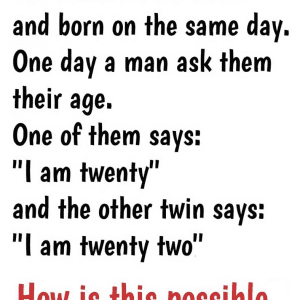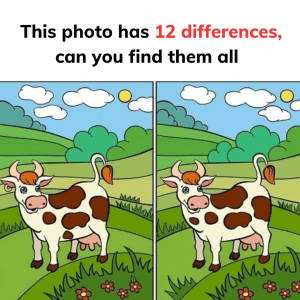Visual puzzles have a way of grabbing our attention, and one of the most popular challenges that test our visual perception and problem-solving skills is the classic “How many triangles do you see?” puzzle. At first glance, it seems like a straightforward question, but counting all the triangles can be surprisingly tricky. Let’s dive into this intriguing puzzle and uncover why it’s more than just a simple test of your observational skills.

The Puzzle That’s Taken the Internet by Storm
This puzzle has caught the attention of many, from casual puzzle enthusiasts to celebrities. Bollywood stars like Sonam Kapoor, Aditi Rao Hydari, and Diana Penty even found themselves drawn into the challenge after fashion magazine editor Jitesh Pillai tweeted it. The widespread appeal of this puzzle lies in its deceptive simplicity—it looks easy, but the more you analyze it, the more complex it becomes.
Why Counting Triangles Is Harder Than You Think
When you first look at the puzzle, your brain tries to quickly assess the number of triangles. However, the challenge comes from identifying all possible triangles within the larger figure, including overlapping and nested triangles. This requires not just a keen eye, but also a strategic approach to ensure you don’t miss any or count any more than once.
A Systematic Approach to Counting Triangles
To solve the puzzle accurately, you need to break down the figure into smaller sections and count the triangles methodically. Here’s how you can approach it:
- Identify All Smallest Units: Start by counting the smallest triangles, those that cannot be divided into smaller triangles.
- Look for Larger Triangles: Next, look for triangles formed by combining two or more of the smallest triangles.
- Don’t Forget Overlaps: Remember that some triangles may overlap or be part of multiple larger triangles.
- Count Carefully: Ensure that you count each triangle only once, keeping track of which ones you’ve already included.
The Mathematical Method Behind the Puzzle
In some versions of this puzzle, there’s a clever mathematical method that can help you arrive at the correct answer more quickly. This method involves using a formula based on the number of intersections and lines within the figure to calculate the total number of triangles.
For example, if a figure is divided into several smaller units by intersecting lines, you can apply this formula to determine the total number of triangles without having to count each one individually.
The Surprising Answer
So, how many triangles are there in the puzzle? The answer is 18. This might come as a surprise, especially if your initial count was lower. However, once you break down the puzzle and carefully count each triangle, it becomes clear how to arrive at this number.
This puzzle serves as a reminder that even simple-looking problems can have complex solutions. It also highlights the importance of approaching problems methodically and thinking critically to find the right answer.
Why This Puzzle Is So Popular
The “How many triangles do you see?” puzzle is popular not just because it’s challenging, but also because it taps into a universal love for problem-solving. It’s a puzzle that can be enjoyed by people of all ages, making it a great way to exercise your brain and improve your cognitive skills.
Moreover, this puzzle is a perfect example of how math and logic can be applied to everyday challenges. It teaches us that with the right approach, even the most perplexing problems can be solved.
What We Can Learn from This Puzzle
Puzzles like this one are more than just fun—they’re a valuable tool for developing critical thinking and problem-solving skills. By engaging with puzzles, we can improve our ability to think logically, observe carefully, and approach problems from different angles.
The next time you encounter a puzzle like this, remember that there’s often more than meets the eye. Take your time, think strategically, and don’t be afraid to break the problem down into smaller parts. You might be surprised at how much you can learn from such a simple challenge.


